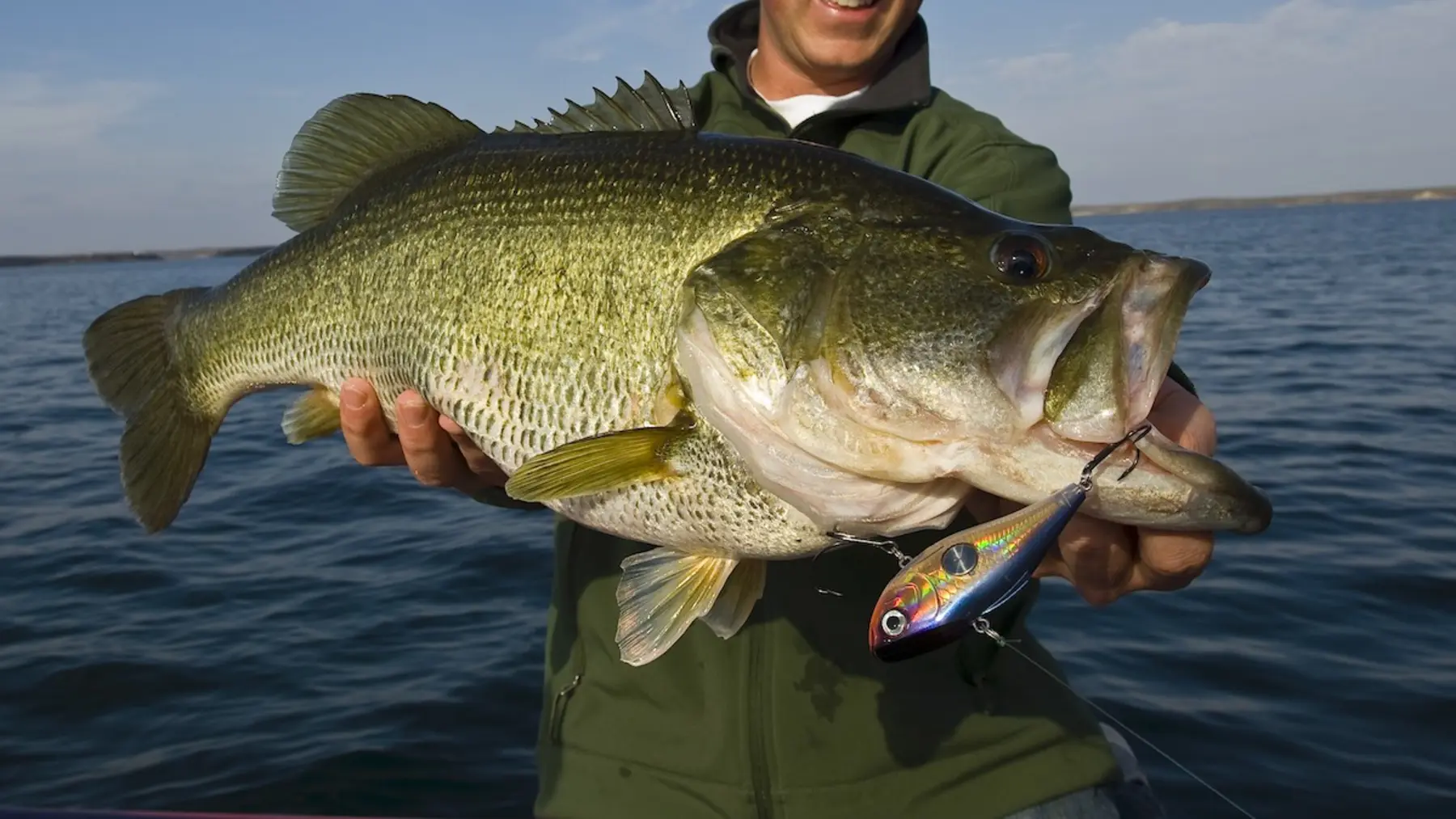Bass fishing is an art, and mastering retrieval techniques can be the key to success. Whether you’re a seasoned angler or a beginner, understanding how to retrieve your lure can make all the difference in attracting bass. Let’s explore some popular retrieval techniques that can help you reel in your next big catch.
1. The Steady Retrieve
The steady retrieve is one of the most basic and effective techniques for bass fishing. As the name suggests, this involves reeling in your lure at a constant speed without any sudden movements or pauses. This technique works well with a variety of lures such as crankbaits, spinnerbaits, and swimbaits. The idea is to mimic a swimming baitfish, which can entice bass to strike. The steady retrieve is particularly effective in clear water when bass are more likely to chase down their prey.
2. The Stop-and-Go Retrieve
For a more erratic presentation, the stop-and-go retrieve can be incredibly effective. This technique involves reeling in your lure, pausing for a moment, and then resuming. The stop mimics a baitfish that’s injured or disoriented, which can trigger a reaction strike from a bass. This method is versatile and can be used with lures like jerkbaits, lipless crankbaits, and soft plastics. The pause gives the bass a moment to zero in on the lure, making it an ideal technique for fishing in cooler water when bass are less aggressive.
3. The Slow Roll
When bass are less active, particularly in colder water or during post-frontal conditions, the slow roll technique can be a game-changer. This involves retrieving your lure at a very slow pace, just enough to keep it moving and maintaining contact with the bottom. Spinnerbaits and swimbaits are often used with this technique, as their natural movement at slow speeds can be irresistible to lethargic bass. The slow roll works best around structures like ledges, drop-offs, and weed lines where bass are likely to be hiding.

4. The Twitch and Pause
The twitch and pause technique adds a bit of flair to your retrieval. By giving your rod a slight twitch or jerk, you can make your lure dart erratically, followed by a brief pause. This movement mimics the behavior of a baitfish trying to flee from a predator. Jerkbaits and topwater lures are ideal for this technique. The sudden movements and pauses can provoke aggressive strikes, especially when bass are feeding near the surface or in shallow water.
5. Burning the Lure
For an adrenaline-pumping experience, try burning the lure. This involves reeling in your lure at a high speed, creating a sense of urgency. This technique works best with fast-moving lures like spinnerbaits, buzzbaits, and crankbaits. The quick retrieval can trigger a reaction strike from bass that are instinctively driven to chase down fast-moving prey. Burning the lure is particularly effective in warmer water when bass are more aggressive and willing to chase.
6. Dragging the Bottom
Dragging the bottom is a slower, more deliberate technique that involves letting your lure sink to the bottom and then slowly dragging it along the surface. This method is effective with soft plastics, jigs, and Carolina rigs. By maintaining contact with the bottom, you can mimic the movements of crawfish or other bottom-dwelling prey. This technique is especially useful when fishing in deeper water or around structures where bass are likely to be holding close to the bottom.
Mastering these retrieval techniques will not only increase your chances of catching bass but also enhance your overall fishing experience. Whether you’re fishing in clear water, targeting structure, or trying to provoke a reaction strike, each technique has its time and place. Experiment with these methods, and soon you’ll find the right one to lure in that trophy bass.
Image: MeatEater





